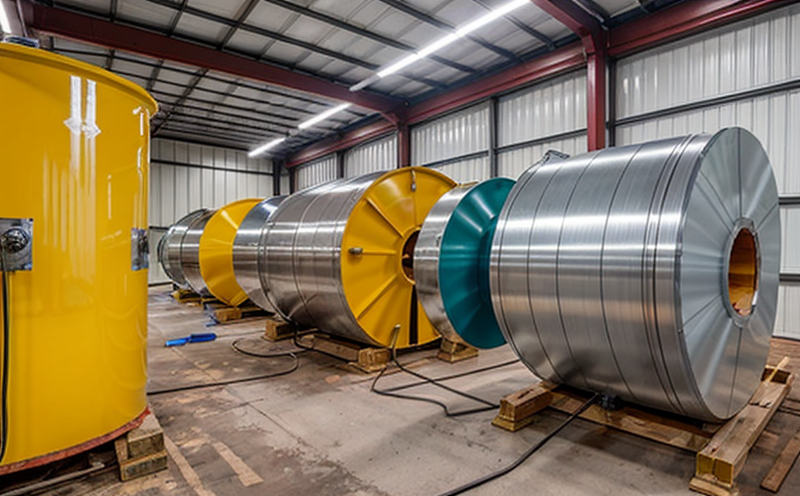ASTM D1640 Drying, Curing & Film Formation Testing
The ASTM D1640 test method is a critical standard used in the marine and ship equipment sector to evaluate the drying, curing, and film formation properties of coatings, paints, and anti-corrosion materials. This test ensures that these materials meet the required standards for performance in harsh maritime environments.
Drying, curing, and film formation are essential processes that significantly influence the durability and effectiveness of protective coatings used in marine applications. The test measures how quickly a coating dries to form a film, which is crucial for ensuring that the material adheres properly and provides adequate protection against corrosion and environmental stressors.
The ASTM D1640 test method involves applying a specified amount of coating onto a standard substrate and then placing it in an oven at controlled temperature and humidity conditions. The sample is monitored over time to observe changes in weight, thickness, and other physical properties as the coating dries and cures.
This process helps manufacturers understand how their products perform under specific environmental conditions, which is particularly important for marine applications where exposure to saltwater, high humidity, and extreme temperatures can affect product performance. The test ensures that coatings are not only effective but also durable enough to withstand the rigors of maritime use.
Understanding these properties allows quality managers and R&D engineers to make informed decisions about material selection and process optimization. Compliance officers rely on such tests to ensure that products meet regulatory standards, while procurement teams can verify that suppliers are delivering materials that meet specified criteria.
- The ASTM D1640 test is essential for ensuring that coatings used in marine equipment applications perform as expected under real-world conditions. This includes resistance to corrosion, adhesion to substrates, and overall durability.
- By adhering to this standard, manufacturers can ensure their products are reliable and meet the stringent requirements of the maritime industry.
- The test also helps in identifying any potential issues that could arise during the drying and curing process, allowing for timely adjustments to manufacturing processes.
It is important to note that the ASTM D1640 test method provides a standardized approach to evaluating coating properties. This ensures consistency across different manufacturers and laboratories, which is crucial in maintaining high-quality standards within the sector.
Why It Matters
The importance of ASTM D1640 testing cannot be overstated, especially in industries where environmental factors play a significant role in product performance. In marine and ship equipment applications, coatings are exposed to harsh conditions that can cause rapid deterioration if not properly formulated or applied.
By conducting this test, manufacturers can ensure that their products meet the necessary durability standards for use in maritime environments. This is particularly important because the cost of failure due to improper coating application or material selection can be substantial, leading to increased maintenance costs and potential safety risks.
The test also helps in identifying any weaknesses in the coating's performance, which can lead to improvements in future product iterations. For quality managers and R&D engineers, this information is invaluable for optimizing processes and ensuring that products meet or exceed industry expectations.
Why Choose This Test
Selecting the appropriate testing method is crucial when it comes to ensuring that your materials perform optimally in marine environments. The ASTM D1640 test provides a reliable and standardized approach for evaluating drying, curing, and film formation properties of coatings used in ship equipment.
One of the key advantages of using this test is its ability to simulate real-world conditions, allowing manufacturers to assess how their products will behave under various environmental stresses. This ensures that coatings are not only effective but also durable enough to withstand the rigors of maritime use.
The test method also offers a consistent and repeatable process, which is essential for maintaining quality control throughout the manufacturing process. By adhering to this standard, manufacturers can ensure their products meet regulatory standards and industry expectations.
Environmental and Sustainability Contributions
- The ASTM D1640 test helps in developing coatings that are more resistant to environmental factors such as saltwater and high humidity, reducing the need for frequent repainting or replacement.
- This reduces waste associated with discarded materials and lowers the overall carbon footprint of manufacturing processes.
- By ensuring that coatings adhere properly and last longer, the test contributes to more sustainable practices by promoting the use of fewer resources over time.





